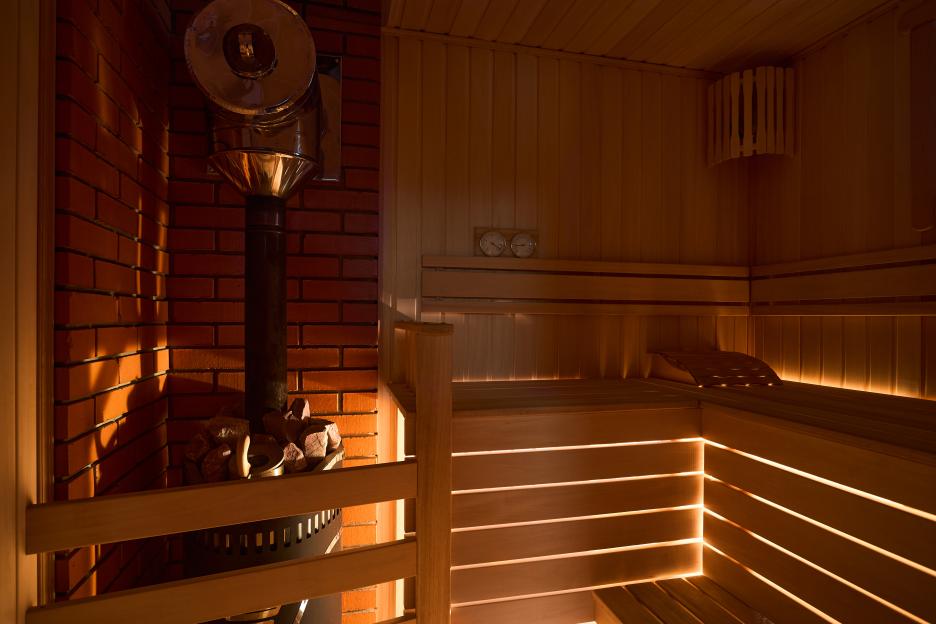Just over a year into a global pandemic, Canadians who brought their desk to their dining room table say they're equally as productive.
Roughly one-third of those who responded said they're even more productive working from home.
It's a statistic that resonates with Larysa Musick.
The marketing assistant for Botanical PaperWorks said she was unsure what the future held when everyone was abruptly sent home last year, but support from her employer made the transition seamless.
“My team was really, just (said), ‘Do the best work that you can, stay positive,' and that has actually heightened my creativity,” Musick said.
Read more: Work-from-home ‘revolution' possible as companies adapt to coronavirus measures, says HR expert
Her office is now a small desk on the second floor landing in her family's home, but the freedom to use space around the house allows her to do her job more candidly.
“I've started using props around the house,” she said. “There's a lot more space. I'm not coordinating with team members to book out the meeting room.”
Being in a creative position, working from home has allowed Musick to generate ideas differently than she would in an office.
“The nature of creativity is so receptive and responds to the environment you're in, so I get to create that wherever I am,” Musick said.
The ability to switch up her environment, be it with a walk or working part-time from home, is something Musick wants to bring back to her workplace, and something human resources consultant Tory McNally thinks is entirely possible.
“I think that employers are becoming more relaxed with office hours,” McNally said. “When they had no choice but to allow their employees to go home … their fears really didn't come to pass.”
However, McNally notes there could be a connection between the amount of productivity and the fear of losing their job at the beginning of the pandemic.
“People were scared. You look left and you look right and people were being laid off, and that's a motivator to get in your chair and put your hands on the keyboard,” the HR expert said.
Read more: Ditching work shoes for comfort while working from home could be problematic, says Winnipeg doc
There is still the small number of respondents who claimed they are doing less work than they usually would at their workplace.
A group of only 10 per cent, McNally said those employees shouldn't be thought of as lazy.
“There are schools that are closed and there are kids that are home and I think that is part of that 10 per cent,” said McNally.
Overall, the ability to get up from our work space â be it cubicle or kitchen table â is what McNally thinks is giving employees the chance to not only do more work, but do it better.
“If someone's taking that time to wander the neighborhood and brainstorm in their head, that has to be better for mental health but it also has to be better for idea generation,” McNally said.
One aspect of the office, however, will be missed by many until things truly get back to normal: collaboration.
Whether it's being in a lunch room bouncing ideas off each other, or in Musick's case, popping your head into your co-workers' doorway and cracking a joke, it's the communication that isn't truly the same.
“It just provides a little levity during the workday and that human connection, I think, is super important,” Musick said.
As of February 2021, 3.1 million Canadians have been working temporarily from home due to the COVID-19 pandemic.




